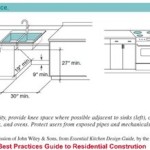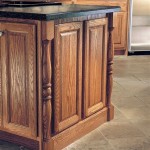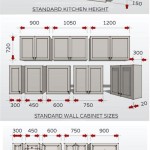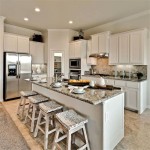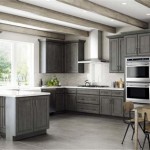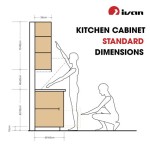Essential Aspects of Adding Kitchen Cabinets To Existing
Enhancing your kitchen's functionality and aesthetics can be achieved by adding new cabinets to your existing layout. This project requires careful planning and consideration of several key aspects to ensure a successful outcome. Whether you're a seasoned DIY enthusiast or working with a professional contractor, understanding these essential factors will guide you toward a seamless kitchen transformation.
Space Planning
Maximizing storage capacity and maintaining a comfortable workspace is crucial. Determine the available space and carefully plan the placement of new cabinets, considering the existing appliances, traffic flow, and overall kitchen layout. Utilize vertical space with tall cabinets and optimize underutilized areas with corner cabinets or pull-out drawers.
Cabinetry Style and Materials
Choose cabinet styles that complement your kitchen's existing décor and personal preferences. From traditional to modern, there are numerous options available. Consider the durability and functionality of different materials such as wood, laminate, or thermofoil. Matching the finish and hardware to your existing cabinets will create a cohesive look.
Functionality
Prioritize functionality when designing your new cabinets. Include a combination of drawers, shelves, and compartments to accommodate various kitchen items. Lazy Susans, pull-out shelves, and spice racks enhance accessibility and organization. Consider the frequency of use and weight capacity of different items when selecting the appropriate hardware.
Lighting
Proper lighting illuminates your workspace and showcases your kitchen's design. Integrate under-cabinet lighting to provide task lighting for cooking and food preparation. Natural light from windows can be maximized by opting for glass-front cabinets. Multi-level lighting with recessed or pendant fixtures enhances the overall ambiance of your kitchen.
Ventilation
Ensure adequate ventilation to prevent moisture and odor buildup. Install a range hood or exhaust fan above the cooktop to remove cooking fumes and steam. If you're adding cabinets near heat-producing appliances, choose heat-resistant materials and consider ventilation options to prevent damage.
Electrical Considerations
Adding cabinets may require additional electrical work. Plan for outlets and switches in convenient locations for appliances, lighting, and other kitchen accessories. Hire a qualified electrician to ensure safety and compliance with electrical codes.
Installation
Precise installation is essential for the longevity and functionality of your new cabinets. If you're not confident in your DIY skills, it's recommended to hire a professional installer. They have the expertise and tools to ensure proper alignment, level, and secure mounting.
Conclusion
Adding kitchen cabinets to an existing layout involves a multifaceted approach that encompasses space planning, design, functionality, and technical considerations. By addressing these essential aspects, you can elevate your kitchen's storage capacity, enhance its aesthetics, and create a more efficient and enjoyable cooking space.

Diy Stacked Kitchen Cabinets Frills And Drills

Tall Kitchen Cabinets How To Add Height The Honeycomb Home

Adding Cabinets To Existing Kitchen Plain Fancy Cabinetry

Extending Kitchen Cabinets To Ceiling American Wood Reface

Extending Kitchen Cabinets To Ceiling American Wood Reface

Adding To Existing Cabinets Superior

Tall Kitchen Cabinets How To Add Height The Honeycomb Home

Genius Diy Raising Kitchen Cabinets And Adding An Open Shelf The Crazy Craft Lady

How To Adding More Cabinets Existing Kitchen Guilin

Adding Small Cabinets Above Existing Kitchen Google Search Remodeling Projects Makeover Diy
Related Posts


